A New Lens
Second Opinion
What’s one way that medical education must change to better address health inequities?
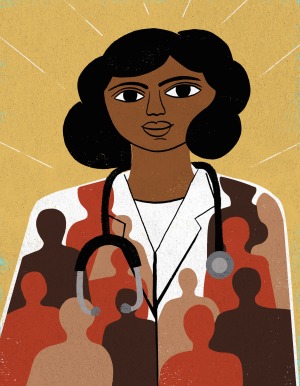
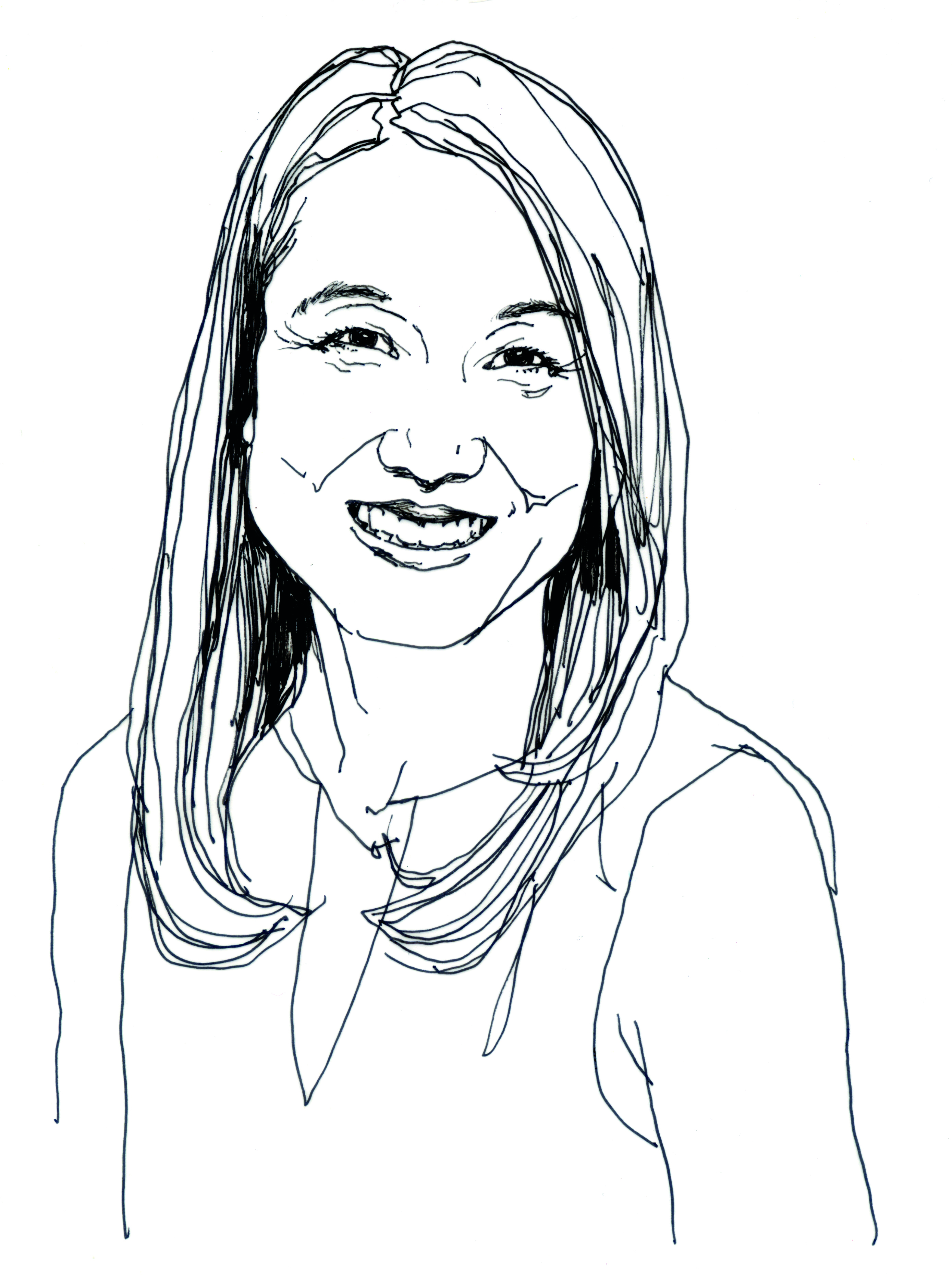 Dr. Yoon Kang
Dr. Yoon Kang
Senior Associate Dean for Education; Richard P. Cohen, M.D., Associate Professor of Medical Education
Diversifying the physician workforce has been recommended as a critical strategy to address disparities in health care by leading organizations such as the National Academy of Medicine and the American Association of Medical Colleges. This is because there is data showing that physicians from underrepresented and socioeconomically deprived communities, where there is a need for expanded access to care, tend to go back to these communities to practice medicine. It is this diversity in physicians that promotes trust between doctors and patients.
What can medical schools do? Medical schools are the gatekeepers to a career in medicine. We can and must create the pipeline for a physician workforce that better mirrors the patients we serve. To do this, we need to address potential barriers, such as the cost of medical school and the need for mentorship. Ironically, these barriers tend to be amplified in communities with the most significant health inequities.
According to AAMC data, students today graduate from medical school with a median debt of more than $200,000. Combine tuition costs with fees for applying, interviewing, and paying for entrance and licensure exams, and medical school feels out of reach for many, especially those with significant undergraduate debt. Debt associated with medical education also varies by race and ethnicity. Notably, for Black students, not only did a higher proportion graduate with debt (91 percent for Black students, compared to 73 percent for all graduates), but the median debt was higher ($230,000 for Black students, compared to $200,000 for all students). Making medical school training more affordable is critical to creating a more diverse student body.
Medical schools must also enhance mentorship programs. Right now, medical schools primarily offer programs focused on students at the undergraduate level. But college is much too late. Our programs must start earlier. We need to partner more intentionally with middle schools and high schools to provide early exposure and connections to science and medicine, particularly in areas where role models don’t exist at home or in the broader community. And this needs to happen long before pre-medical classes or preparation for the MCAT.
With the health of our nation at stake, time is of the essence to bolster our pipeline.
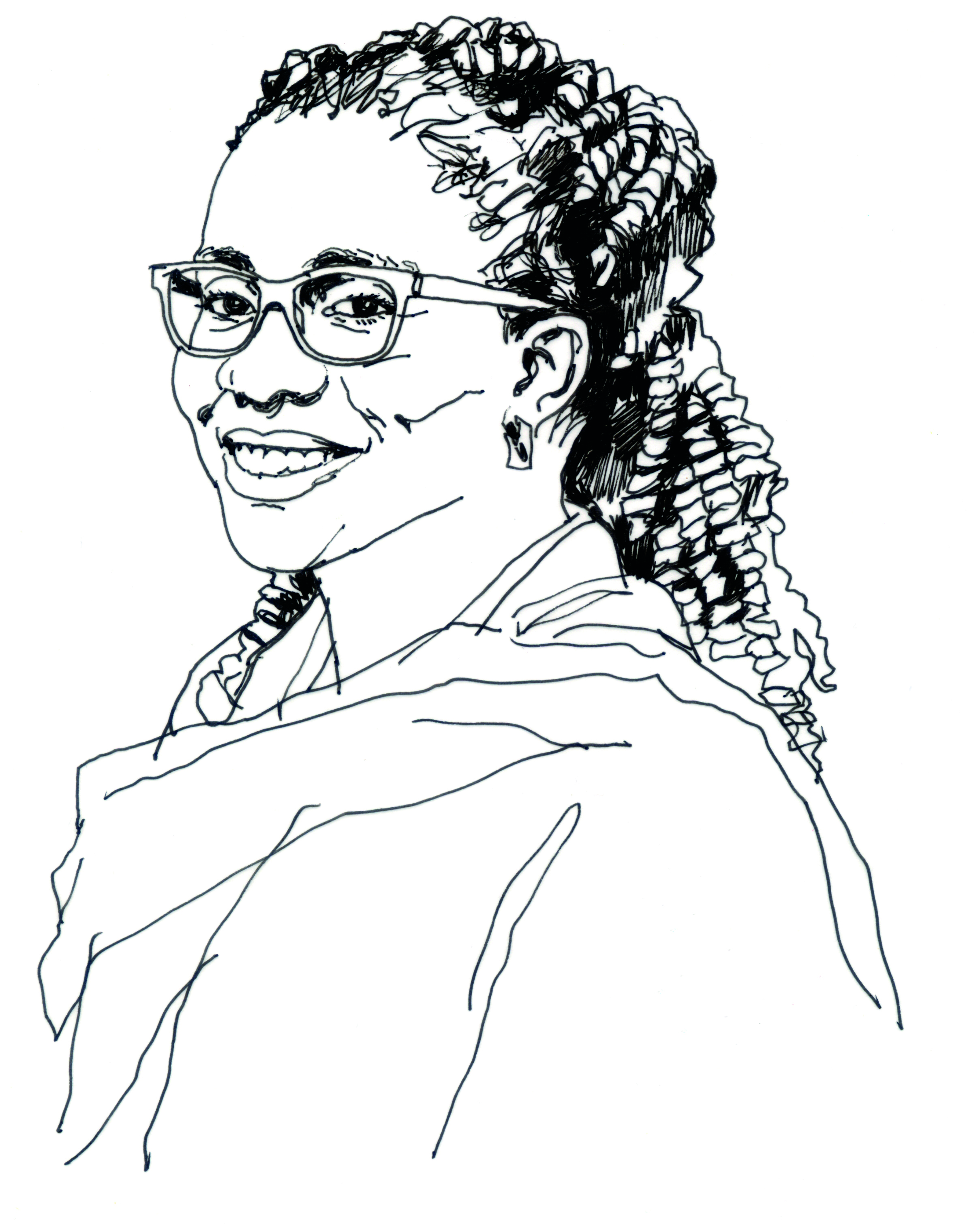 Dr. Joy Howell
Dr. Joy Howell
Assistant Dean for Diversity and Student Life; Vice Chair for Diversity, Department of Pediatrics; Professor of Clinical Pediatrics
Medical education and, really, the entire health care community, must acknowledge the role of environmental and socioeconomic factors, or what we now call the “social determinants of health,” on population health. If we want to meaningfully address health inequities, then we must sharpen the lens through which we examine the context of each patient’s health and life.
In no way does this mean deemphasizing physiology and pathophysiology. These foundational sciences are critically important but, sadly, not sufficient to provide comprehensive and effective care. Consider, for example, a patient with hypertension. Following a diagnostic workup, a physician might consider what drug to prescribe. Yet critical questions remain: What is the patient eating? Does the patient exercise? What about alcohol and smoking? And stress? Learning to tease apart the social, societal and environmental contributors to illness has not been adopted evenly across medicine. Structural competence, which can be defined as the capacity for health professionals to recognize and respond to health and illness as the downstream effects of broad social, political and economic structures, needs to become an integral part of our training, not only during medical school but also throughout our careers.
After the murder of George Floyd, students nationwide called for curricular changes in medical school and a more hospitable learning environment for students historically underrepresented in medicine. Weill Cornell Medicine responded, launching, among other efforts, the new Equity and Inclusion Initiative, with multidisciplinary subgroups identifying opportunities for improvement in domains like admissions, financial literacy and equity, community engagement and anti-racism in the curriculum. Curricular changes underway include acknowledging race as a social, not a biological, construct; avoiding the reinforcement of biases in patient vignettes; and teaching how diseases manifest across multiple races and ethnicities. As the United States population grows more diverse, these steps are essential to effective care.
Weill Cornell Medicine made the intentional decision not to address health disparities in a single class but to weave them across every unit of study and the clinical curriculum (see Addressing Social Impediments to Health). After all, health care and medicine are not immune to societal problems that generate inequities. Identifying the factors contributing to health inequities must become a core, continuing part of our education and learning.
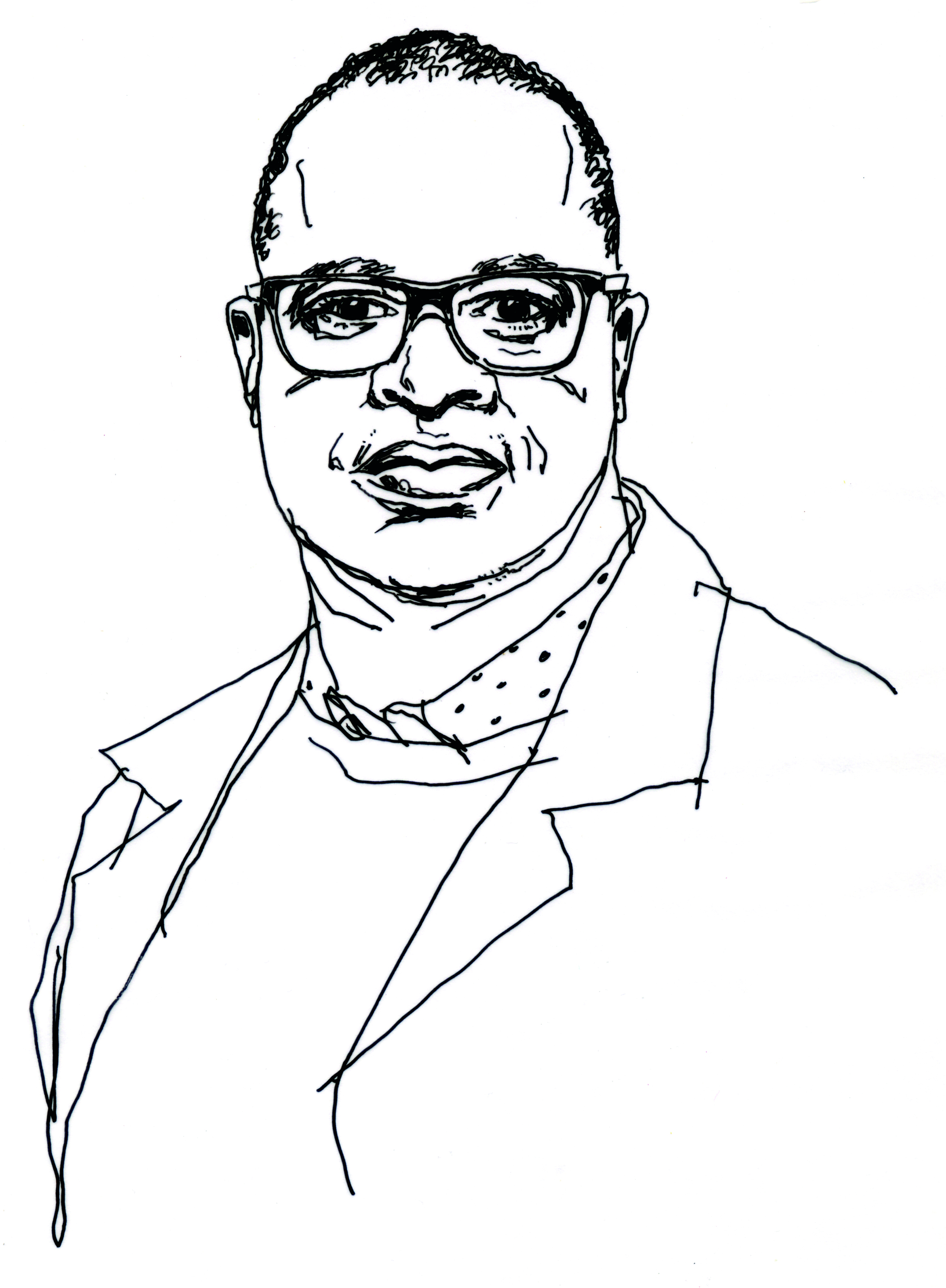 Dr. Kevin Holcomb
Dr. Kevin Holcomb
Associate Dean for Admissions; Vice Chair of Gynecology; Professor of Clinical Obstetrics and Gynecology
Addressing health inequities involves building a physician workforce representative of our population. To achieve this, medical schools nationwide need to admit more ethnically and racially diverse students who will go on to serve the health care needs of our country for decades to come.
Right now, there just aren’t enough Black or African American, Latino or Hispanic and American Indian or Alaskan Native physicians. And this gap in our workforce comes with consequences, affecting everything from infant mortality rates to the likelihood of patients adhering to their physician’s recommendations. For instance, it has been shown that Black men are more likely to follow preventive medicine recommendations when they come from a Black doctor. This is an easy win: Just by increasing our physicians of color, we can save lives.
Without trusted health care messengers in our communities, health problems will only escalate. Look at what happened with the coronavirus pandemic. Earlier on in the pandemic, higher percentages of Black and Latino people died than white people in the United States. However, according to the CDC, over the past year, the COVID-19 death rate for white Americans has been 14 percent higher than the rate for Black Americans and 72 percent higher than the Latino rate. Why? Experts attribute the shift to the mobilization of trusted messengers encouraging vaccination in Black and Hispanic communities, causing a disparity to entirely flip from one direction to another.
What can medical schools do? They can decrease barriers of entry for underrepresented populations, particularly financial barriers. At Weill Cornell Medicine, we offer debt elimination for those who qualify through a program that uses philanthropic funds to cover gaps between a student’s economic resources and the cost of medical school. We also take a holistic approach to admissions by looking at each candidate’s achievements in context. This means, for instance, that if an applicant spent much of their undergraduate experience working in fast food restaurants to support themselves, we factor that in when we look at their extra-curricular activities and accomplishments. We’re not taking away from other applicants; we want to identify all students who are best prepared to be future leaders in medicine.
Fall 2022 Front to Back
-
From the Dean
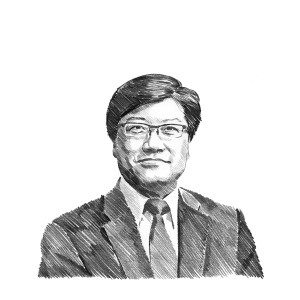
A Message from the Dean
As an academic medical center, our tripartite mission is what drives us forward: we thrive on providing world-class care to our patients, making groundbreaking discoveries that are changing the future of medicine, and teaching the health care leaders of tomorrow. -
Features

The Search for a Cure
Weill Cornell Medicine scientists aim to liberate those living with HIV by subduing the virus for good. -
Features

Evasive Action
Could interrupting the evolutionary process of mutating cells hold the key to vanquishing cancer? Researchers led by Dr. Dan Landau are on the case. -
Features

New Frame of Mind
Psychiatrist and neuroscientist Dr. Conor Liston (M.D. ’08, Ph.D.) and his team are poised to upend the way mental health disorders are diagnosed and treated. -
Notable
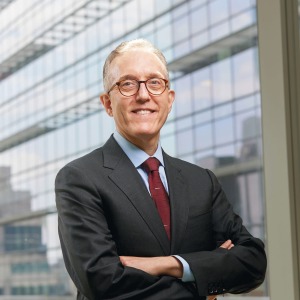
New Cancer Director
Internationally acclaimed medical oncologist Dr. Jedd Wolchok, whose innovations in immunotherapy revolutionized melanoma treatment, was recently recruited as the Meyer Director of the Sandra and Edward Meyer Cancer Center at Weill Cornell Medicine. -
Notable

3 Questions
Dr. Jay Varma, director of the new Center for Pandemic Prevention and Response, explains why an interdisciplinary approach is critical. -
Notable

Overheard
Weill Cornell Medicine faculty members are leading the conversation about important health issues across the country and around the world. -
Notable

Notable News Briefs
Faculty appointments, honors, awards and more — from around campus and beyond. -
Notable

Dateline
In the global scientific effort to understand vaccine and natural immunity to SARS-CoV-2, Weill Cornell Medicine’s location in Qatar, a country of only a few million people, has been making an outsized contribution. -
Grand Rounds

Chiari Malformation
When is Surgery Necessary? -
Grand Rounds

3 Questions
Dr. Susan Loeb-Zeitlin, who worked with a multidisciplinary team to launch the new Women’s Midlife Program, shares insights about making menopause manageable. -
Grand Rounds
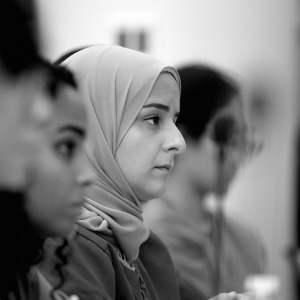
Social Impediments to Health
The murder of George Floyd and the resulting national reckoning on race, along with the disproportionate impact of COVID-19 on communities of color, galvanized creation of the Anti-Racism Curriculum Committee at Weill Cornell Medicine. -
Grand Rounds

Grand Rounds News Briefs
The latest on teaching, learning and patient-centered care. -
Discovery

COVID-19 and Diabetes
Basic science and clinical investigations converge to offer answers. -
Discovery

Development of Schizophrenia
Multiple changes in brain cells during the first month of embryonic development may contribute to schizophrenia later in life. -
Discovery
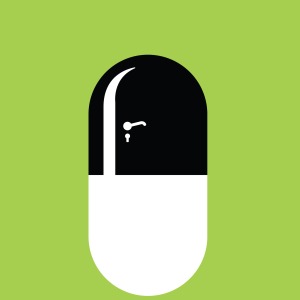
Findings
The latest advances in faculty research, published in the world’s leading journals. -
Alumni
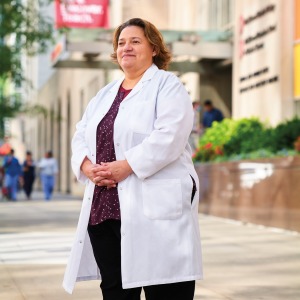
Profiles
From taking the lead in newborn medicine to forging critical connections to move research from the bench to the bedside, our alumni are making an impact. -
Alumni
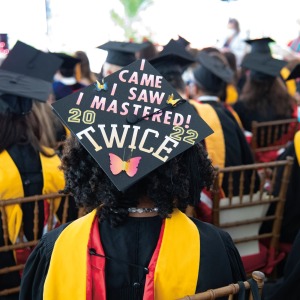
Notes
What’s new with you?
Keep your classmates up to date on all your latest achievements with an Alumni Note. -
Alumni

In Memoriam
Marking the passing of our faculty and alumni. -
Alumni

Moments
Marking celebratory events in the lives of our students, including Match Day, the White Coat Ceremony and Graduation. -
Second Opinion
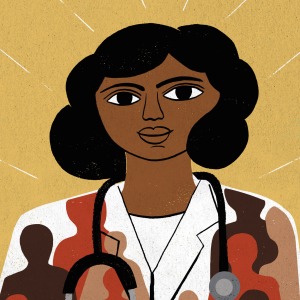
A New Lens
What’s one way that medical education must change to better address health inequities? -
Exchange

Pivot Points
Two women leaders at Weill Cornell Medicine whose professional paths have connected discuss the power of mentorship — for themselves and other women in academic medicine. -
Muse
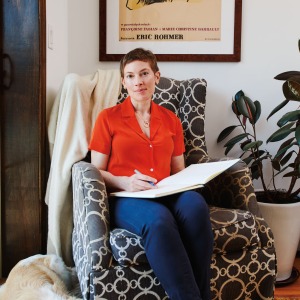
Two Forms of Truth
Dr. Laura Kolbe, whose poetry has garnered notable honors, talks candidly about how her writing helps her build a bridge to her work as a clinician. -
Spotlight

Building Connections
Dr. Kathleen Foley (M.D. ’69) has been bringing people together throughout her expansive career as a specialist in pain management and palliative care for cancer patients.